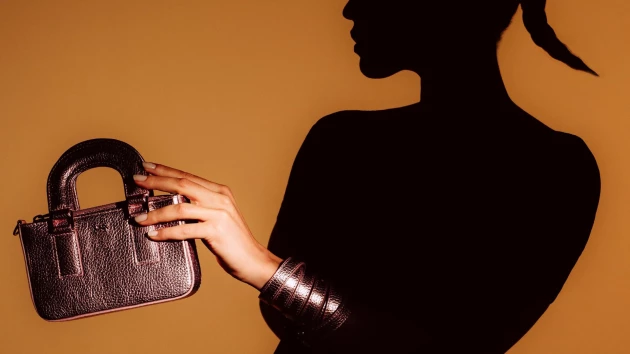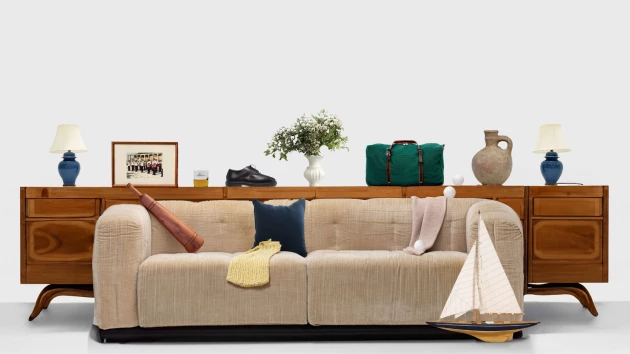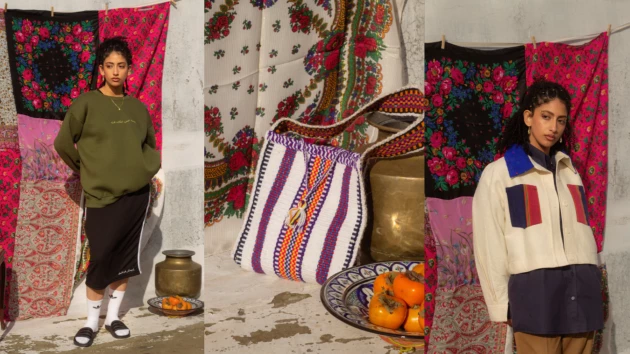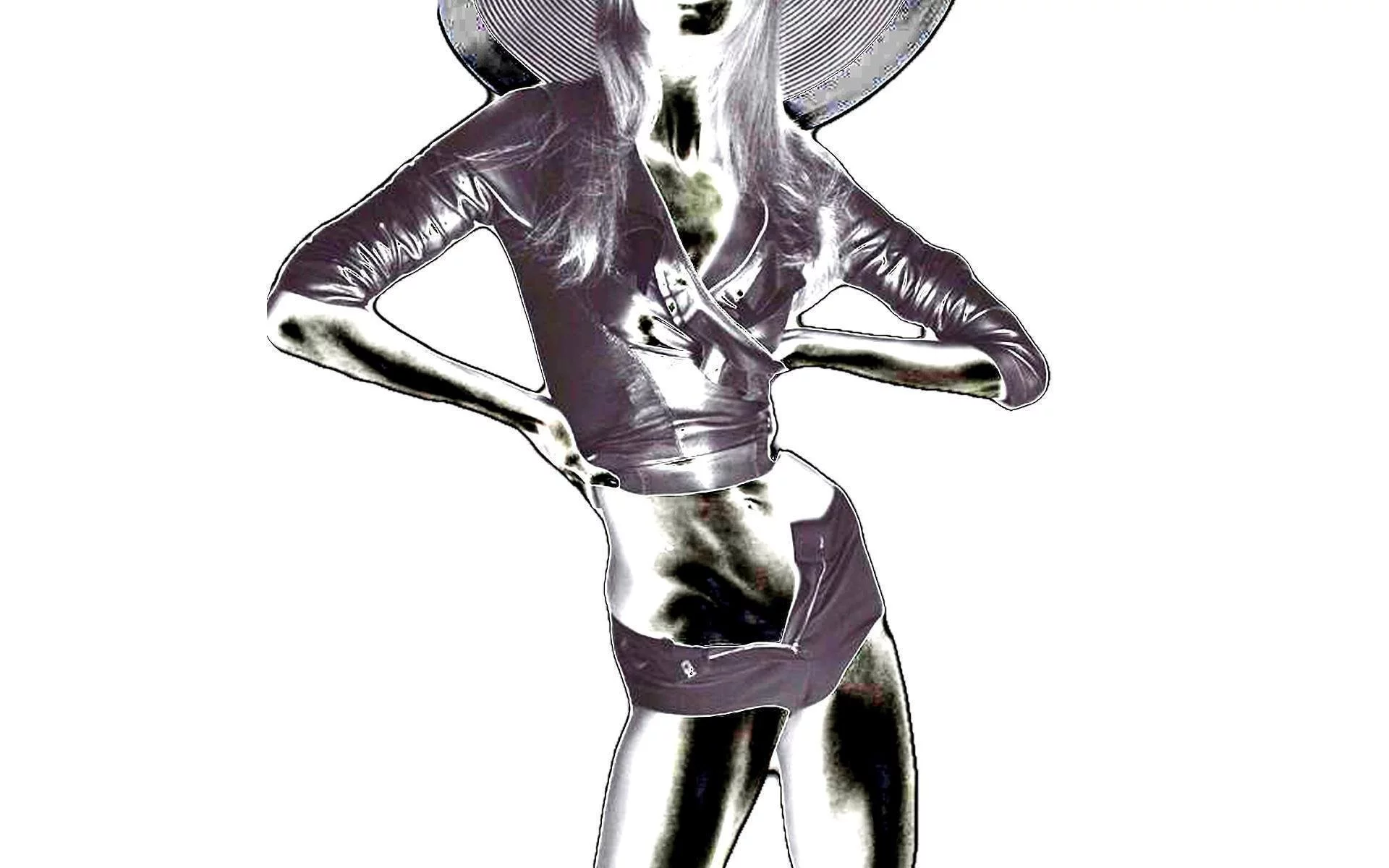
We celebrate the difference
Fat phobia: Why luxury brands choose size zero models on the runway
4 min read — Apr 06, 2021
Have you ever wondered why most famous fashion designers advertise their creations on the runway with super skinny, size zero models? Well I’m here to break it down for you.
When I first started working on this article, a question came to my mind instantly : when did the concept of “size zero” come to use and who invented it?
Don't get me wrong: I believe in body positivity, whether you’re a size 0 or 18. It doesn't matter as long as you’re comfortable in your own skin and happy with the way you look.
However, the whole idea of how skinny supermodels should be, and not just skinny, we're talking size zero unhealthy skinny here, has always been a controversial subject, sparking endless debates in the fashion industry and on social media.
And when I learned about how the whole concept of size zero became “a thing”, it was a little shocking.
You'd figure this is an old average sizing standard that's been around since the dawn of time.
But would it surprise you to learn that we're dealing with a relatively new phenomenon here? an idea that's been around for 21 years?
According to the Hollywood reporter, size 2 and size 0 were not even available in American apparel 21 years ago.
In fact, today's standard clothing is not the same as it was 50 years ago; according to the Washington Post, a size 8 dress is approximately the equivalent of a size 16 dress in 1958, and a size 8 dress does not even have a modern-day equivalent, while in Europe, the smallest size of clothing used to be 38 and now there are 36 and 34.
However, times have changed, and size zero has become the latest standard, a representation of femininity and desire.
Designer Nicole Miller is, as a matter of fact, unofficially credited for inventing size zero, “One year, our sales manager canted to size the clothes bigger and we started calling the size 8 a 6” Miller told the Hollywood reporter “then the result of that was losing the smaller customer, so we had to add the size zero and occasionally made zeros”.
And that's how it became a trend in the United States, fuelled by a few fashion designers who only displayed collections that could be worn by size zero models.
Tom Ford explains to WWD that "There is a practical reason that most models are the same size, and that’s called a sample collection, you make a sample collection [according to] a standardised selection of measurements for models. One reason people show one size on a runway: I can’t, eight hours before the show when I’m in a fitting and I decide to use a certain girl, custom make an outfit for her. My clothes are made. They are all made in the same size."
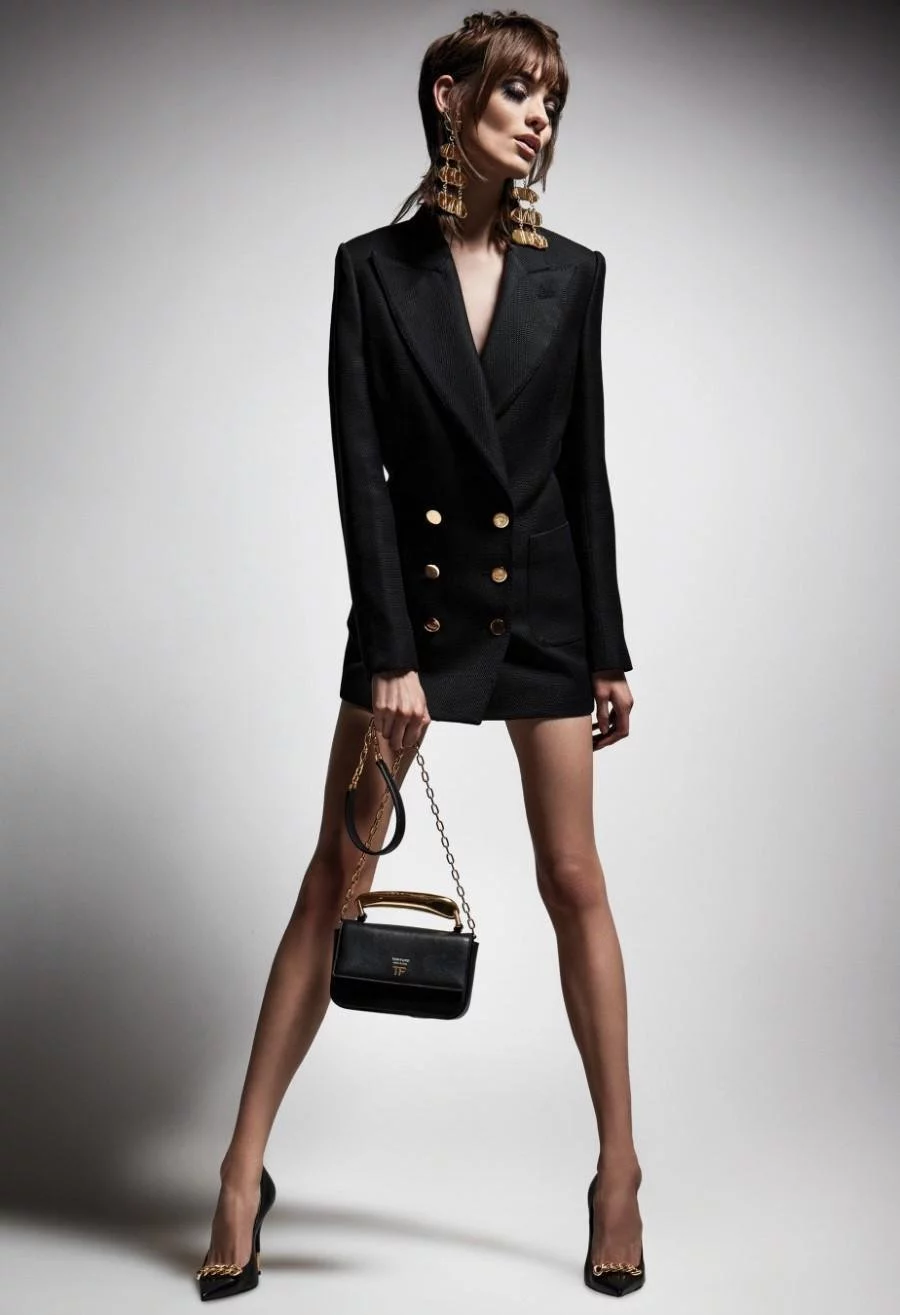 Tom Ford Fall/Winter 2021
Tom Ford Fall/Winter 2021 And, as this movement has established a new beauty norm, with supermodels considered as role models for teenagers in particular, eating disorders have been on the rise, with bulimia and anorexia being the most common. And, while it is not always the cause of most eating disorders, it does play a significant role in them, as a catalyst that makes those who are unhappy about their bodies feel worse about themselves, leading them to seek out alternative approaches to fulfill this trend.
It’s unfortunate to see models being pressured to jeopardize their health and safety as a prerequisite for their employment, Kristie Clements, a former vogue editor, shares the truth about size zero, saying “I was dressing a model from the US on a beauty shoot, and I noticed scars and scabs on her knees. When I queried her about them she said, nonchalantly: "Oh yes. Because I'm always so hungry, I faint a lot." She thought it was normal to pass out every day, sometimes more than once”.
This is just a small portion of the reality of eating disorders that models face, but when supermodels begin to die as a result of their unhealthy diets, things get more serious.
The death of Luisel Ramos during the Uruguay fashion week in 2006 sparked debates about size zero clothes because of a diet that resulted in a heart failure at the age of 22, the model collapsed during the show.
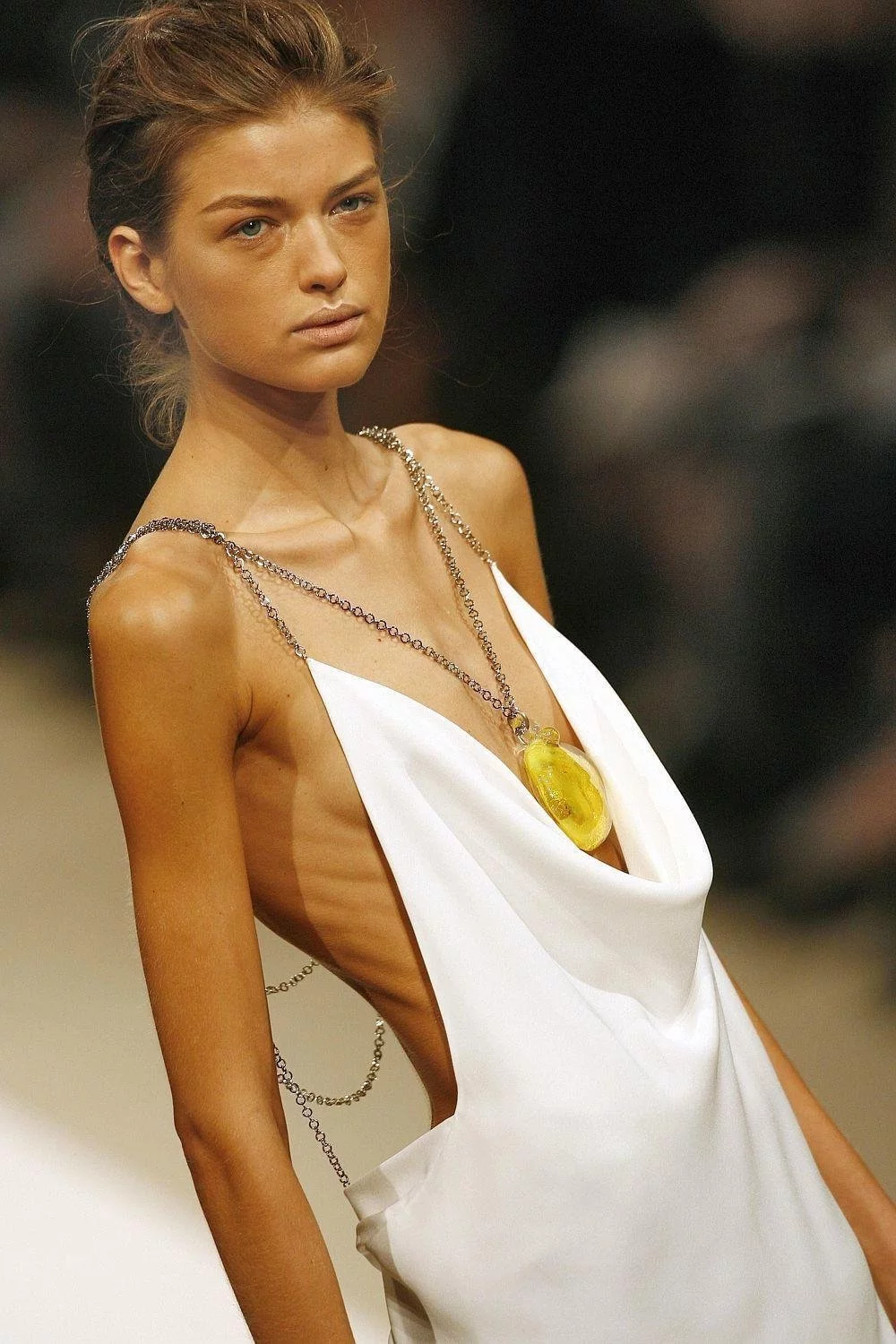 Luisel Ramos
Luisel Ramos To remain catwalk slim, model Ruby Tuesday Mathews admitted that she lived on a diet of "cocaine, cigarettes, and black coffee."
30 models, and probably more have deceased between 2001 and 2012, either from an eating disorder a drug overdose or suicide.
These facts are disturbing, however they provide an opportunity to raise awareness about the modeling industry's negative and harmful nature on models, the body image it gives to teens, and the eating disorders that arise from it all over the world.
And as controversies over the fashion industry's unethical and inhumane practices heat up, luxury brands have been pressured and have taken the initiative to ban size zero models in catwalk shows and photoshoots such as the two luxury french fashion powerhouses LVMH and Kering, who own Gucci, Saint Laurent, LOUIS VUITTON and Dior, unveiling a charter “to ensure the wellbeing of models”.
Although we can't deny that this ban provides models with safer working conditions controlled by laws and norms and encourages inclusive fashion, we shouldn't forget that plus-size models still lack exposure on catwalks, meaning that the battle is far from over.
